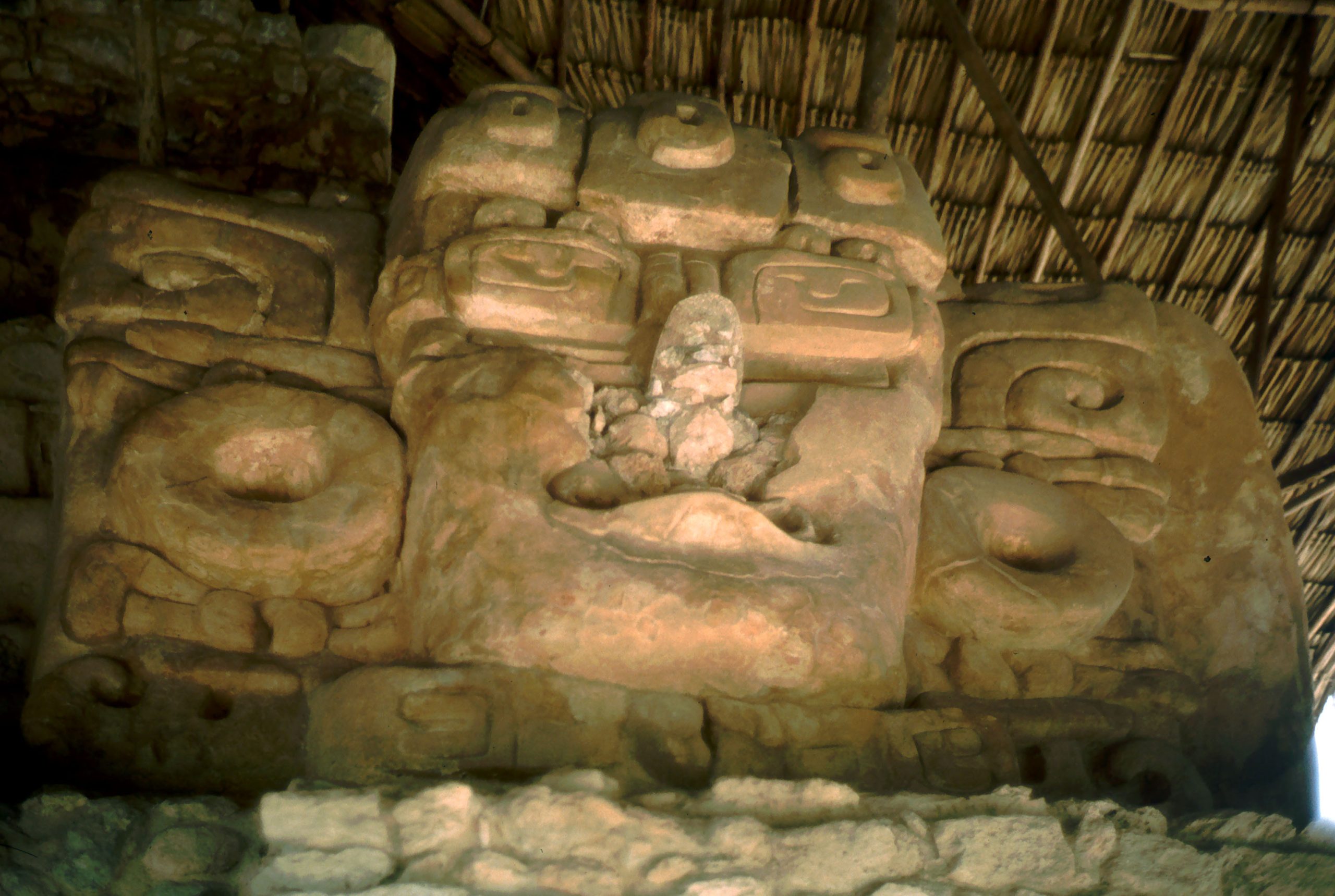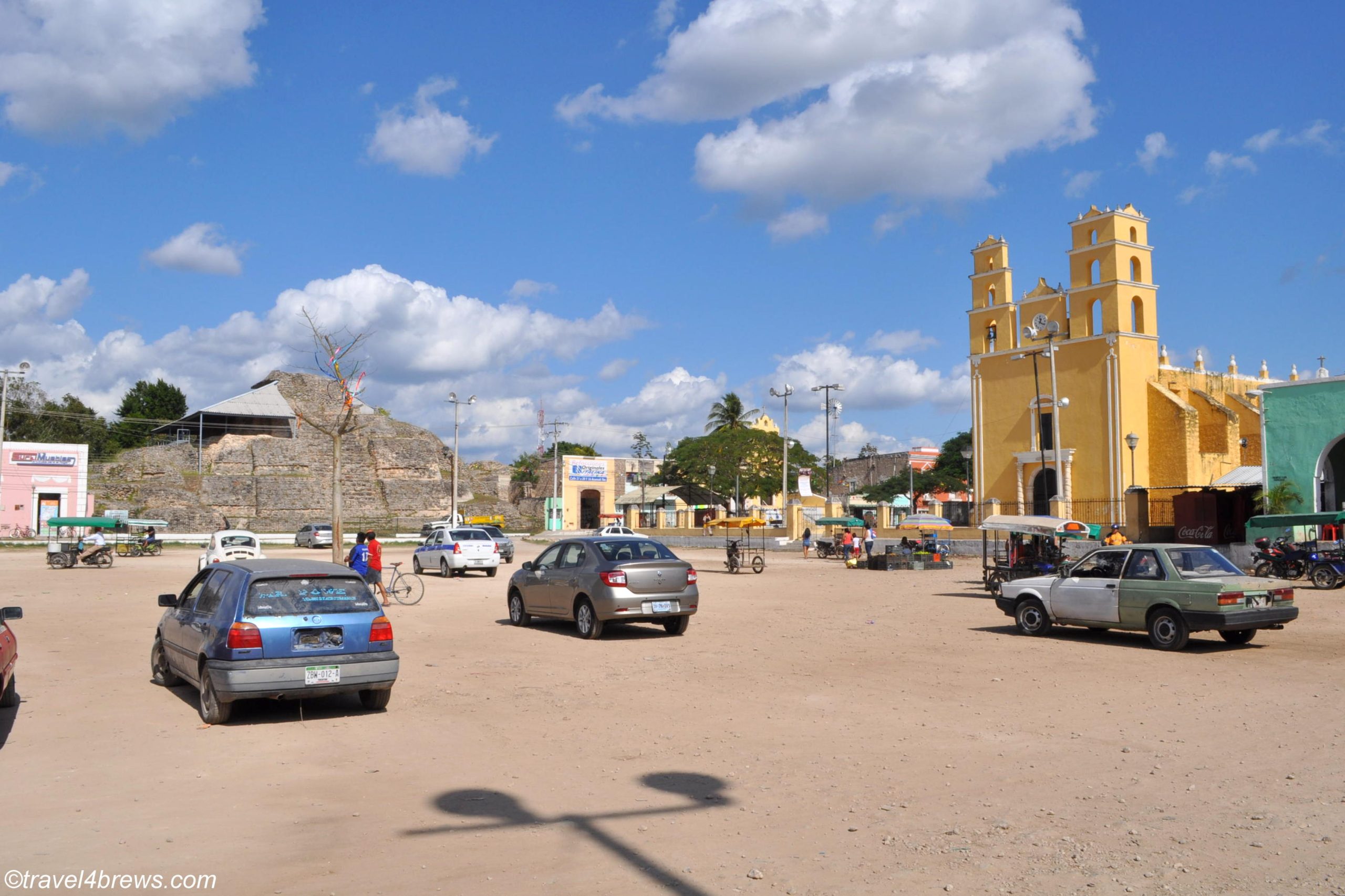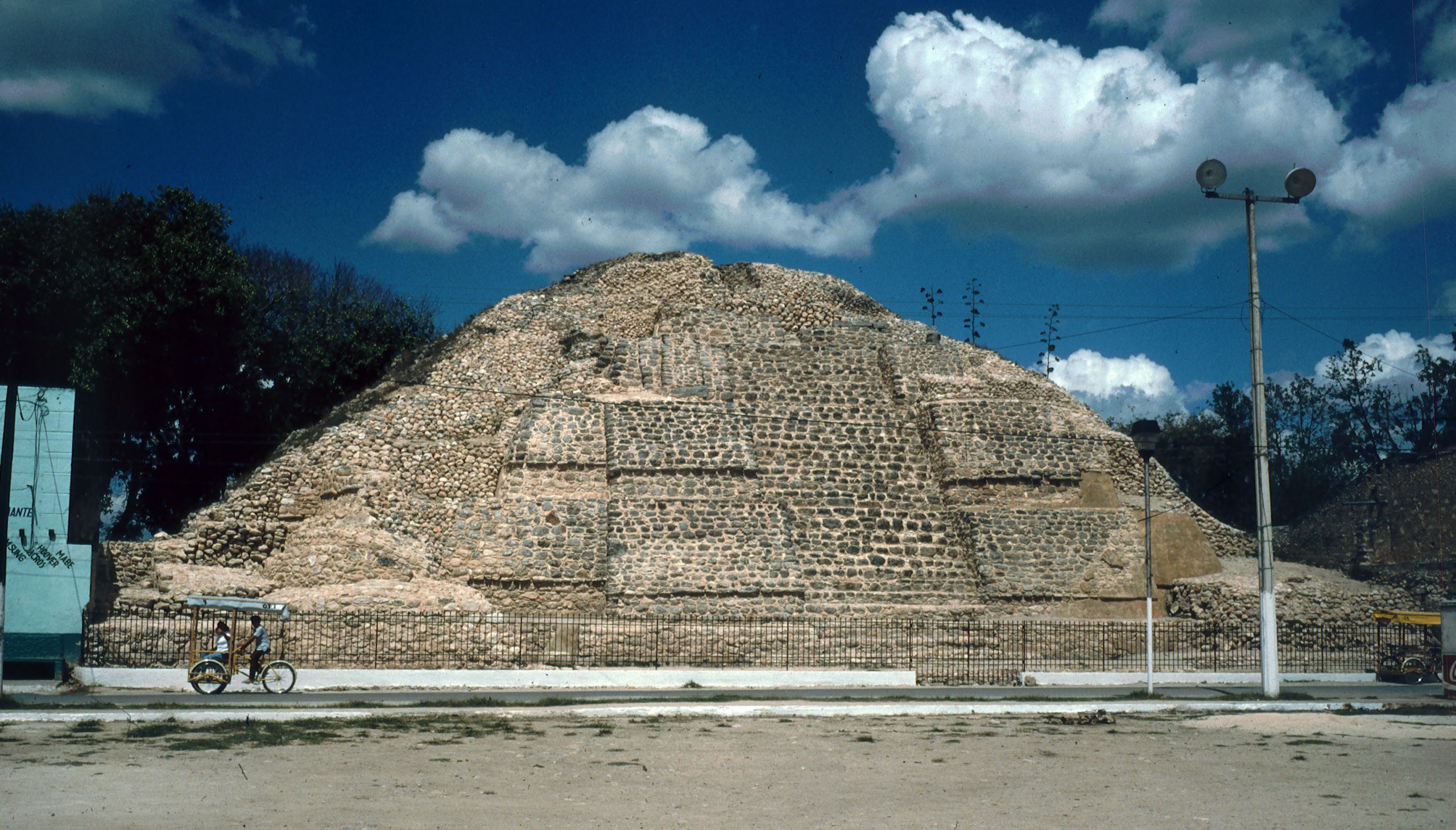Acanceh: A Glimpse into the Ancient Maya Civilization
Acanceh, a town and ancient Maya archaeological site, is located in Mexico’s Yucatán State, approximately 21 kilometers from Mérida, the capital of Yucatán. It serves as the seat of Acanceh Municipality. The name Acanceh, derived from the Yucatec Maya language, translates to “groan of the deer”. This site is notable for its continuous occupation from the Preclassic period (around 300 B.C. onwards) to the present day, showcasing a unique blend of modern life with ancient history.
Get your dose of History via Email
Population and Language
The town of Acanceh has a population of about 11,000 people, predominantly of Maya descent. The Mayan language is widely spoken here, although basic Spanish is generally understood, reflecting the rich cultural heritage of the area.

Historical Overview
Acanceh was established between 300 and 500 AD, during the Early Classic period. It is believed to have been founded by the Itzaes during their migration from the east to the west of the Yucatán peninsula. This migration also led to the establishment of other significant sites such as Chichen Itzá, Izamal, and T’Hó (currently Mérida). Before the arrival of the Spaniards, Acanceh fell within the jurisdiction (Kuchkabal) of the chakanes.
The ancient city spanned over 4 square kilometers and comprised approximately 400 buildings. To date, three of these buildings have been restored and are accessible to the public. Notable among these is a three-leveled step pyramid, standing 11 meters high, adorned with carved masks revealing Teotihuacano influence. This has led some scholars to speculate that Acanceh might have been a “colony” of Teotihuacan.
Architectural Significance
The “Palace of the Stuccos” is another significant structure within Acanceh, measuring 50 meters in width and 6 meters in height. It is renowned for its elaborate friezes and complex design, featuring numerous rooms and detailed carvings. The architecture of Acanceh, particularly the presence of Teotihuacano elements, provides valuable insights into the cultural and trade connections that existed among the ancient Mesoamerican civilizations.

Archaeological Discoveries and Research
The site of Acanceh has been the focus of various archaeological efforts over the years. The first mention of Acanceh from an archaeological perspective was made by French explorer-photographer Desiré Charnay. Subsequent work by Austrian explorer-photographer Teobert Maler led to the discovery of a mound of loose stone in the town’s main square, beneath which remains of a once-vaulted chamber and stucco masks were found.
In 1933, Mexican scholar Miguel Angel Fernández conducted further research at the site, leading to the consolidation of the “Palace of the Stuccos”. His work revealed that the building was a radial pyramid, a typical early (Late Preclassic to Early Classic) Petén configuration, with staircases oriented towards all four cardinal directions.
More recently, archaeological efforts led by Beatriz Quintal have uncovered significant portions of the Palace of the Stuccos, a substantial pyramidal building in the town, and four giant stucco masks on the main temple’s façades. These discoveries, particularly the style of the large masks, suggest that Acanceh was an important urban center as early as 2,000 years ago.
Conclusion
Acanceh stands as a testament to the rich history and enduring legacy of the Maya civilization. Its continuous occupation, integration of modern life with ancient ruins, and the significant archaeological discoveries made here contribute to our understanding of ancient Mesoamerican cultures. The site of Acanceh not only offers a window into the past but also serves as a reminder of the complex histories that shape our present and future.
Sources:
Wikipedia
Mesoweb
Image Credit

